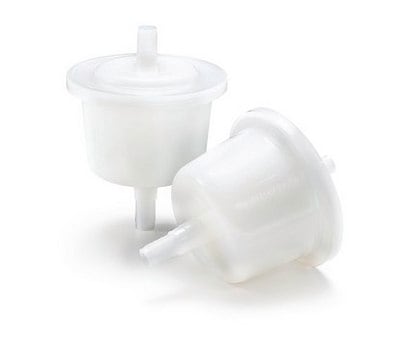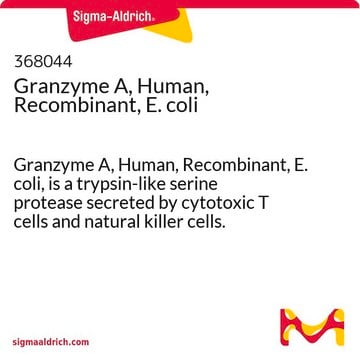GWSC10010
Sampling Capsule for metals analysis 1.0 µm
Disposable, EPA-accepted method for collecting groundwater prior to dissolved metals analysis.
About This Item
Recommended Products
material
high-density polyethylene
high-density polyethylene housing
polyethersulfone membrane
polypropylene housing
feature
hydrophilic
parameter
0.7 bar max. differential pressure (10 psid)
4.1 bar max. inlet pressure (60 psi)
H
102 mm
diam.
7.6 cm
filtration area
600 cm2
pore size
1.0 μm pore size
bubble point
≥690 mbar, air with water at 23 °C
fitting
1/8 in. male NPT inlet connection
1/8 in. male NPT inlet fitting (external threaded connections)
1/8 in. male NPT outlet connection
1/8 in. male NPT outlet fitting (external threaded connections)
stepped hose adapter for ≤ 3/8 in. I.D tubing
application(s)
environmental
shipped in
ambient
General description
Features & Benefits:
•Each capsule includes a certificate indicating lowest detectable level (LDL) analysis for 67 metals and 2 anions
•Low-extractable filter and housing materials minimize background during sample analysis
•Available with three different pore sizes to suit a variety of water conditions: 5.0 µm for high particulate levels, 1.0 µm for normal particulate levels, 0.45 µm for relatively clean water
Applications:
Environmental Monitoring, Dissolved Metals Analysis in Water
Application
Storage Class
10-13 - German Storage Class 10 to 13
Certificates of Analysis (COA)
Search for Certificates of Analysis (COA) by entering the products Lot/Batch Number. Lot and Batch Numbers can be found on a product’s label following the words ‘Lot’ or ‘Batch’.
Already Own This Product?
Find documentation for the products that you have recently purchased in the Document Library.
Our team of scientists has experience in all areas of research including Life Science, Material Science, Chemical Synthesis, Chromatography, Analytical and many others.
Contact Technical Service






